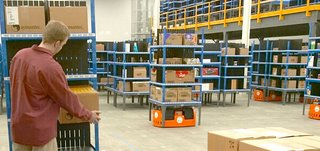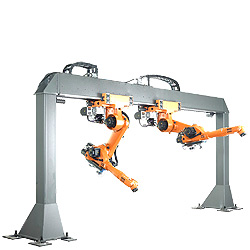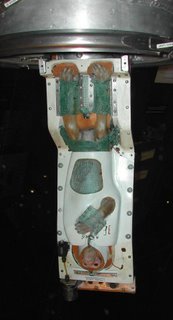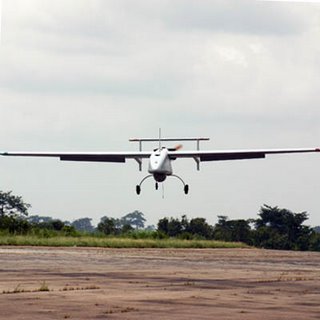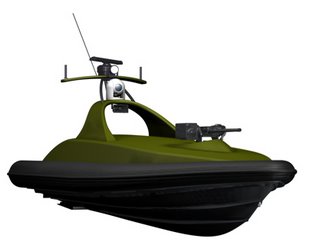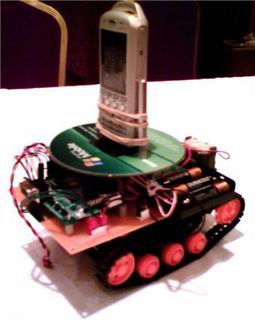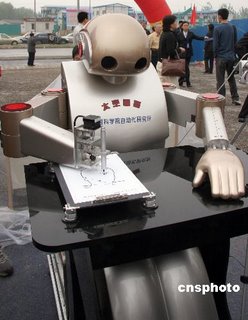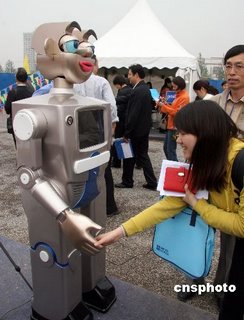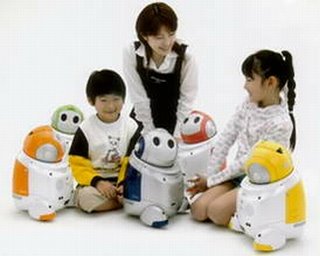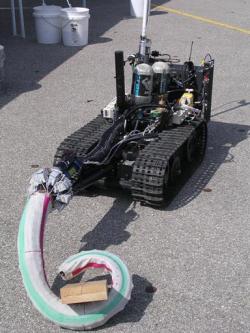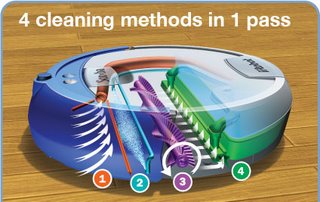The robot Arturito gained noteriety and controversy
last year for its discovery of long lost treasure buried on "Treasure Island," the island that inspired the book
Robinson Crusoe. The gold bars were identified by the robot at a depth of 15 meters below the surface of the ground.
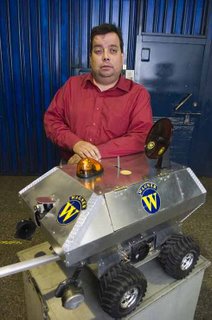
The discovery started a brouhaha over who was the rightful owner of the treasure. The Chilean government claimed ownership. The robot and his company, called Wagner Technologies, offered to donate more than half the proceeds to charity instead. They have been in a stalemate ever since. It is unclear whether anyone has seen the actual treasure.
Even before the discovery Arturito was famous in Chilean crime fighting circles. The robot by designed by inventor Manuel Salinas to locate abandonded land mines but also found service for his 'Geo-Radar' to locate buried weapons and explosives for Chilean police.
Arturito now is moving into prospecting by identifying underground copper, oil and water resources. Scientists at Colombia's Universidad Tecnológico Metropolitano (UTEM) found the robot to be, "98 percent effective in finding and mapping underground copper deposits at depths of up to 600 feet (183 meters)."
Unfortunately others are not convinced. Leopoldo Soto, President of the Chilean Physics Society is very doubtful.
"If the apparatus does what they say," Soto told Chilean magazine Ercilla, "it would be truly stunning … given that with what we know today of physics, it is not possible in any part of the world."
"In other words, they would have had to discover a new physics."
Another physicist, Mario Favre, a professor at Catholic University in Santiago, is not so polite:
"What the owners of the machine say is simply delirious," Favre said.
The inventor stubbornly is keeping the exact method of detection a secret and the robot is not talking either.
So, while Arturito travels the country solving mysteries of hidden treasure and uncovering new sources of underground deposits, the mystery surrounding his wonderous abilities grows.
Mystery Robot Solves Crimes, Finds Mines in Chile

 because they take up to 7 minutes to apply by hand during the assembly of the vehicle.
because they take up to 7 minutes to apply by hand during the assembly of the vehicle.
